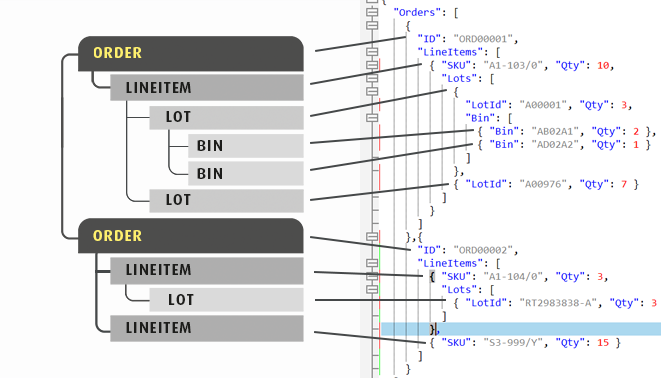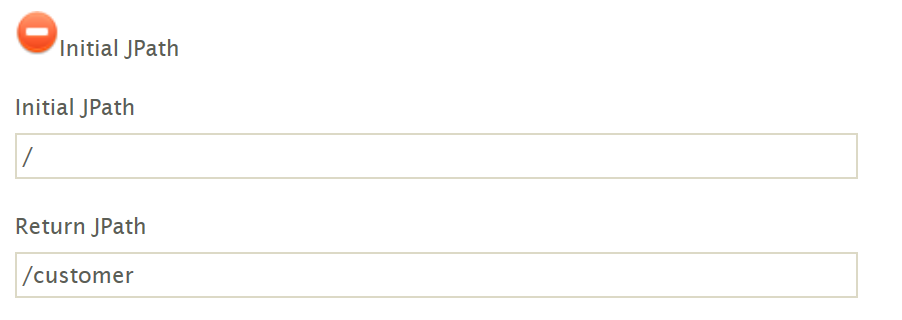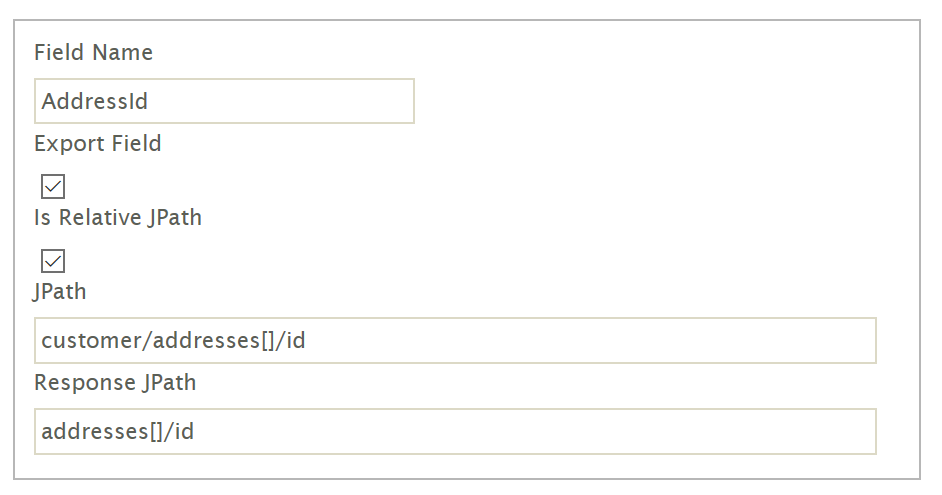Sequential Rewrite Write Response
When a webservice creates or updates data it typically replies with the fully populated record. The response from the service is assumed to be the same order as it was written.
The data from the response will be iterated in lockstep with the IMan data. I.e. From the top-most node, working inwards to the children, before moving outwards and onto the next logical record.
Configuring the Reponse
The response is parsed using JPath. The response works in the same fashion as the JSON Reader in the sense there is an Initial Path, Transaction Path(s) and Field Paths for parsing and iterating the data.
The exception is that all paths are relative; non-relative property/node access is not supported.
The screenshot below shows how the response would be iterated and rewritten onto the data.

Initial Path
The initial specifies the path (JPath or XPath) to the first array or repeating set of nodes.

Transaction Path
The Transaction Path specifies the path to the property/node to an array or repeating set of nodes. The path is relative to relative to the parent Transaction Type or the Initial JPath if it's the top most Transaction Type.
Transactions are updated in order they appear in the response. I.e. IMan expects the response to order the elements in the order as the request.
If the service responds with less transactions than the original request only the first X transactions in IMan will be updated, where X is the number of elements in the response.
Response Field Path
The field path specifies the path to the property/node in the response relative to the Transaction Path.
Only those fields which have a populated Return Path will have a value written back.
